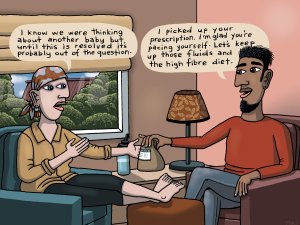Academic pharmacist Nataly Martini highlights the importance of understanding non-Hodgkin lymphoma and pharmacists’ roles in managing this condition
Copper: Useful for more than the rivets on your jeans

Too much or too little of the trace element copper in the body can cause problems, writes complementary medicines expert Shaun Holt
1. Lowe, N. M., Fraser, W. D., & Jackson, M. J. (2002). Is there a potential therapeutic value of copper and zinc for osteoporosis?. Proceedings of the Nutrition Society, 61(2), 181-185.
2. Zheng, J., Mao, X., Ling, J., He, Q., & Quan, J. (2014). Low serum levels of zinc, copper, and iron as risk factors for osteoporosis: a meta-analysis. Biological trace element research, 160(1), 15-23.
3. Rakhmetova, A. A., Alekseeva, T. P., Bogoslovskaya, O. A., Leipunskii, I. O., Ol’khovskaya, I. P., Zhigach, A. N., & Glushchenko, N. N. (2010). Wound-healing properties of copper nanoparticles as a function of physicochemical parameters. Nanotechnologies in Russia, 5(3-4), 271-276.
4. Cangul, I. T., Gul, N. Y., Topal, A., & Yilmaz, R. (2006). Evaluation of the effects of topical tripeptide‐copper complex and zinc oxide on open‐wound healing in rabbits. Veterinary dermatology, 17(6), 417-423.
5. Squitti, R., Siotto, M., & Polimanti, R. (2014). Low-copper diet as a preventive strategy for Alzheimer's disease. Neurobiology of Aging, 35, S40-S50.




